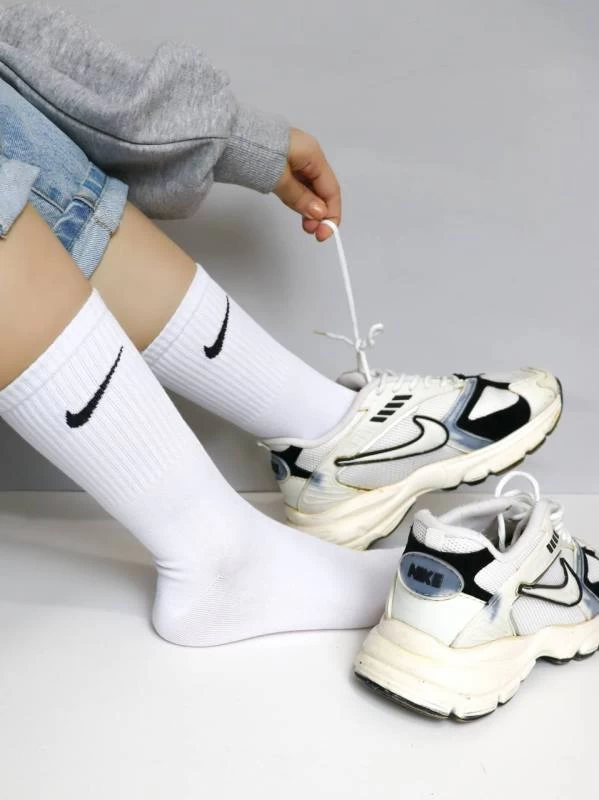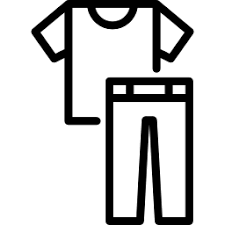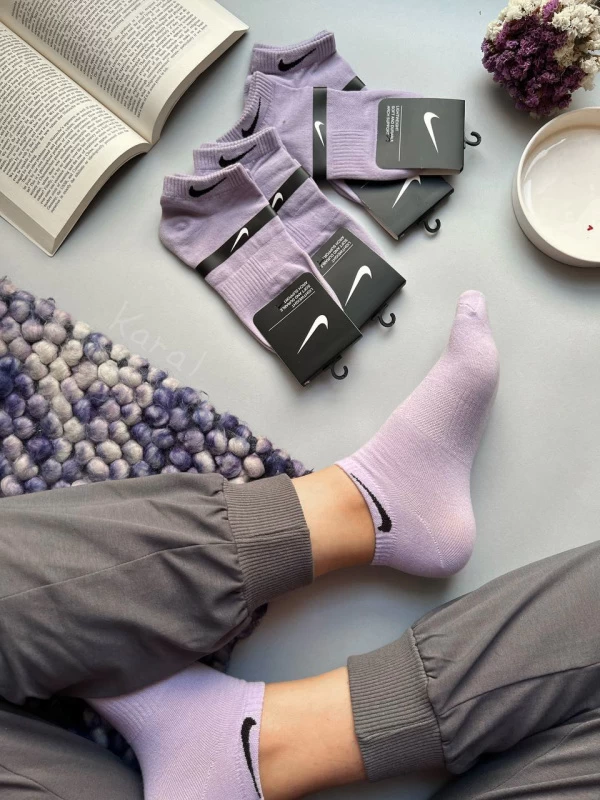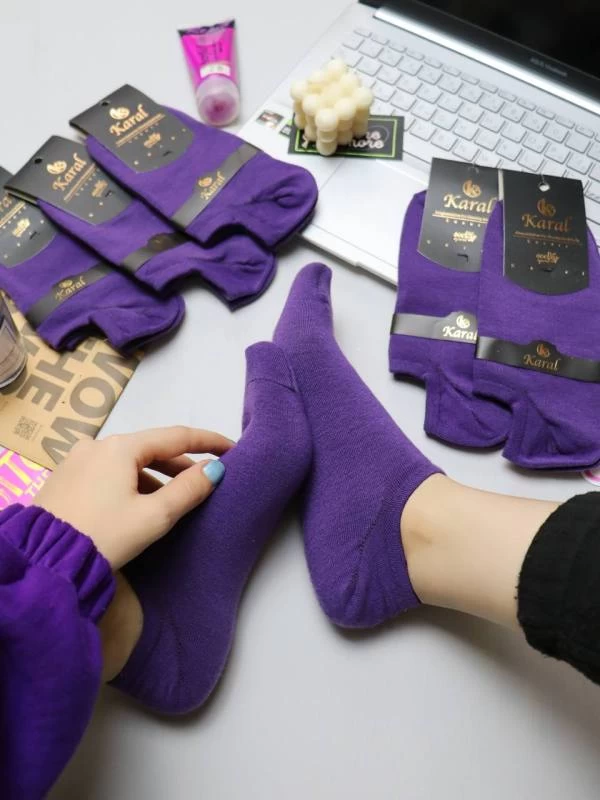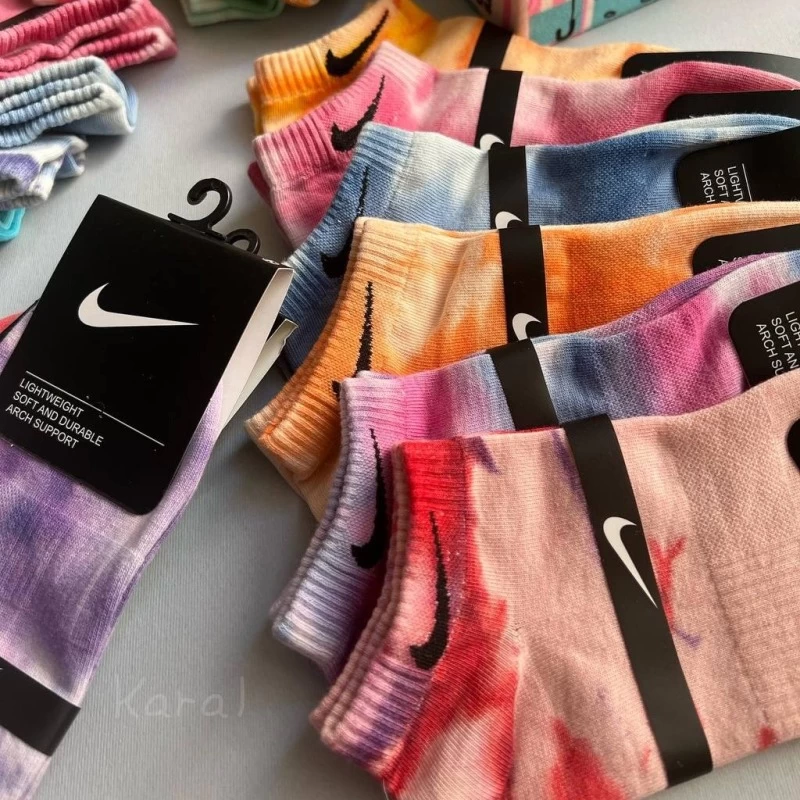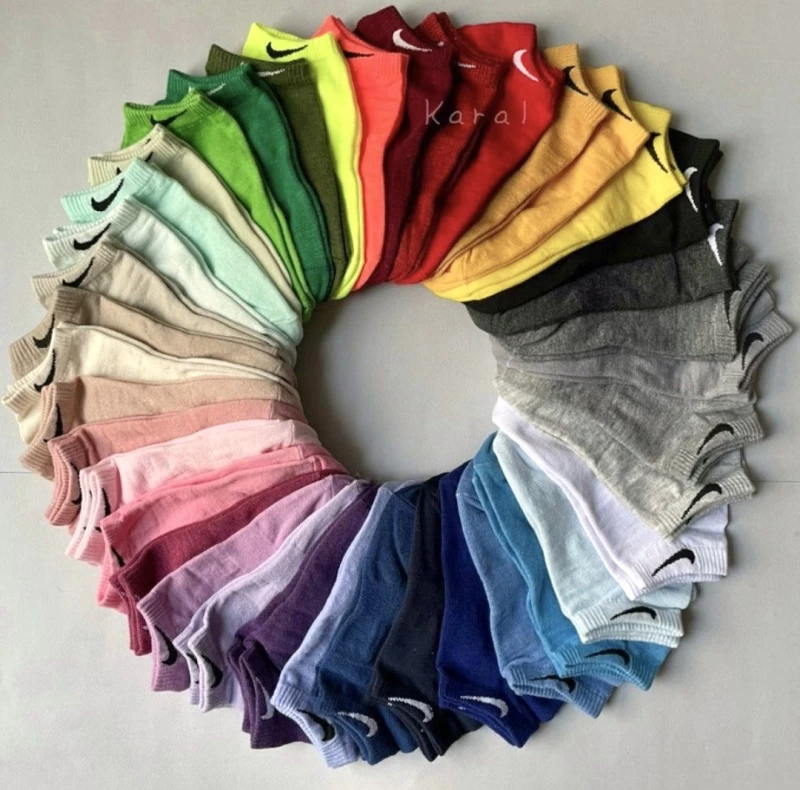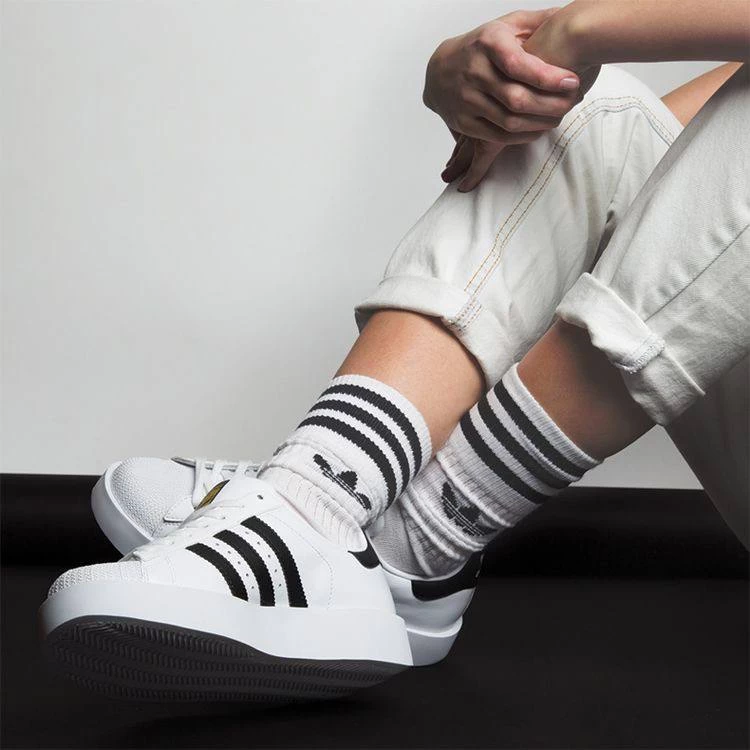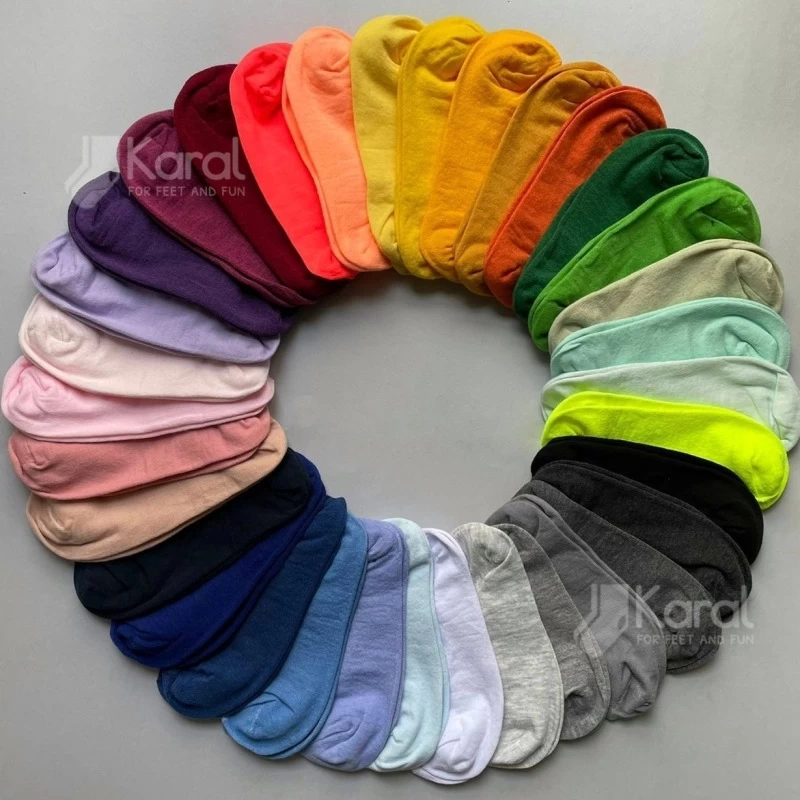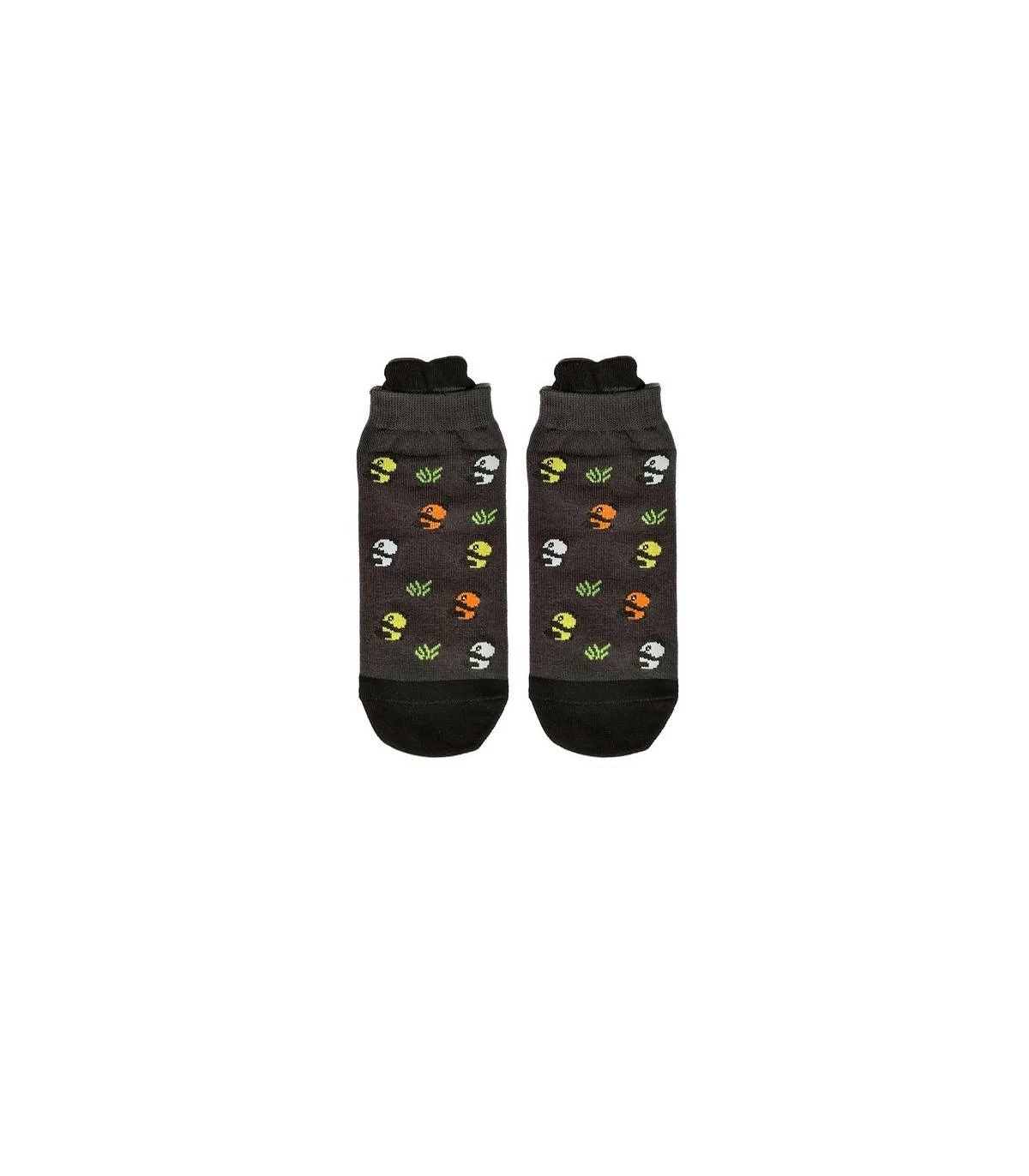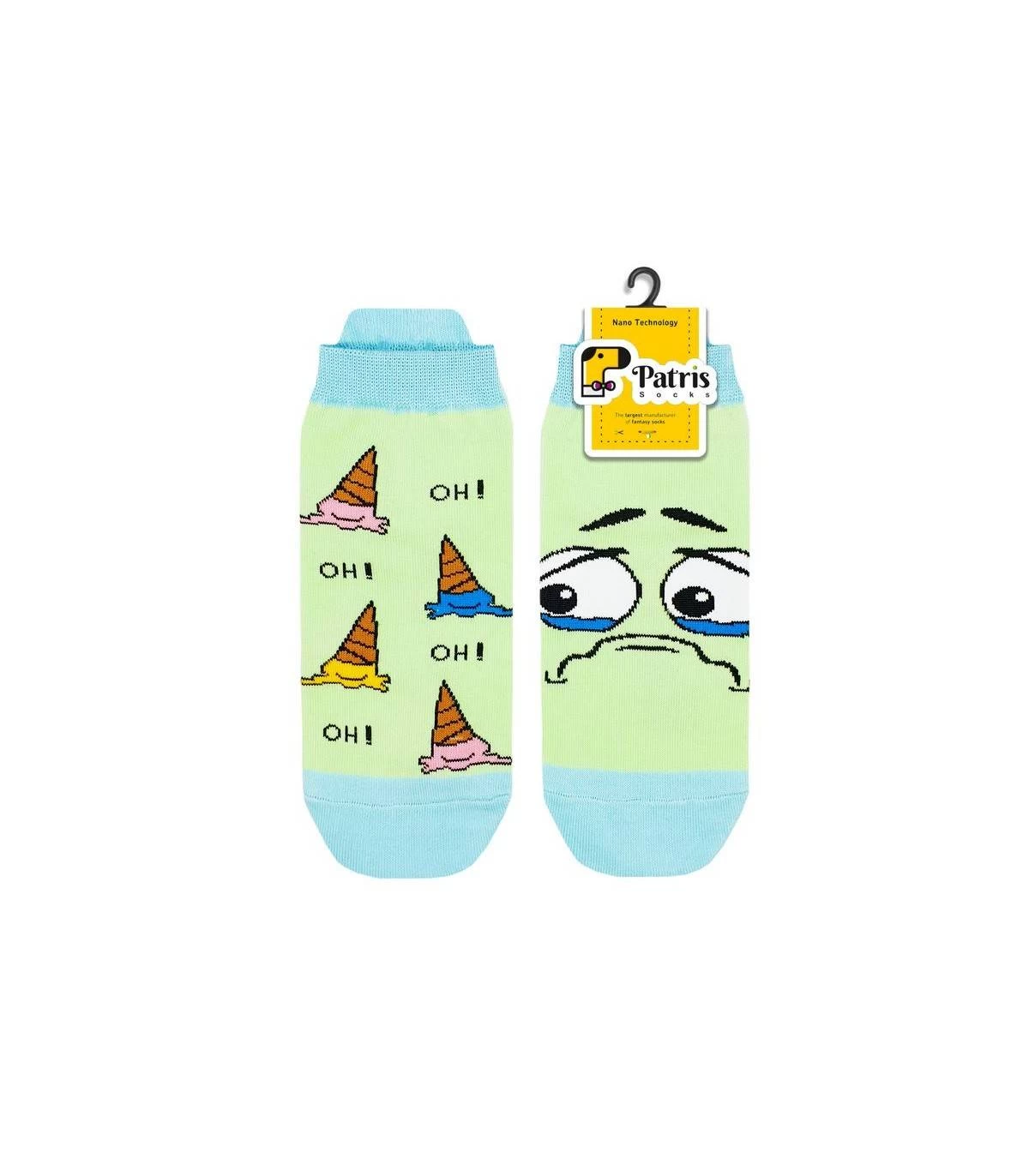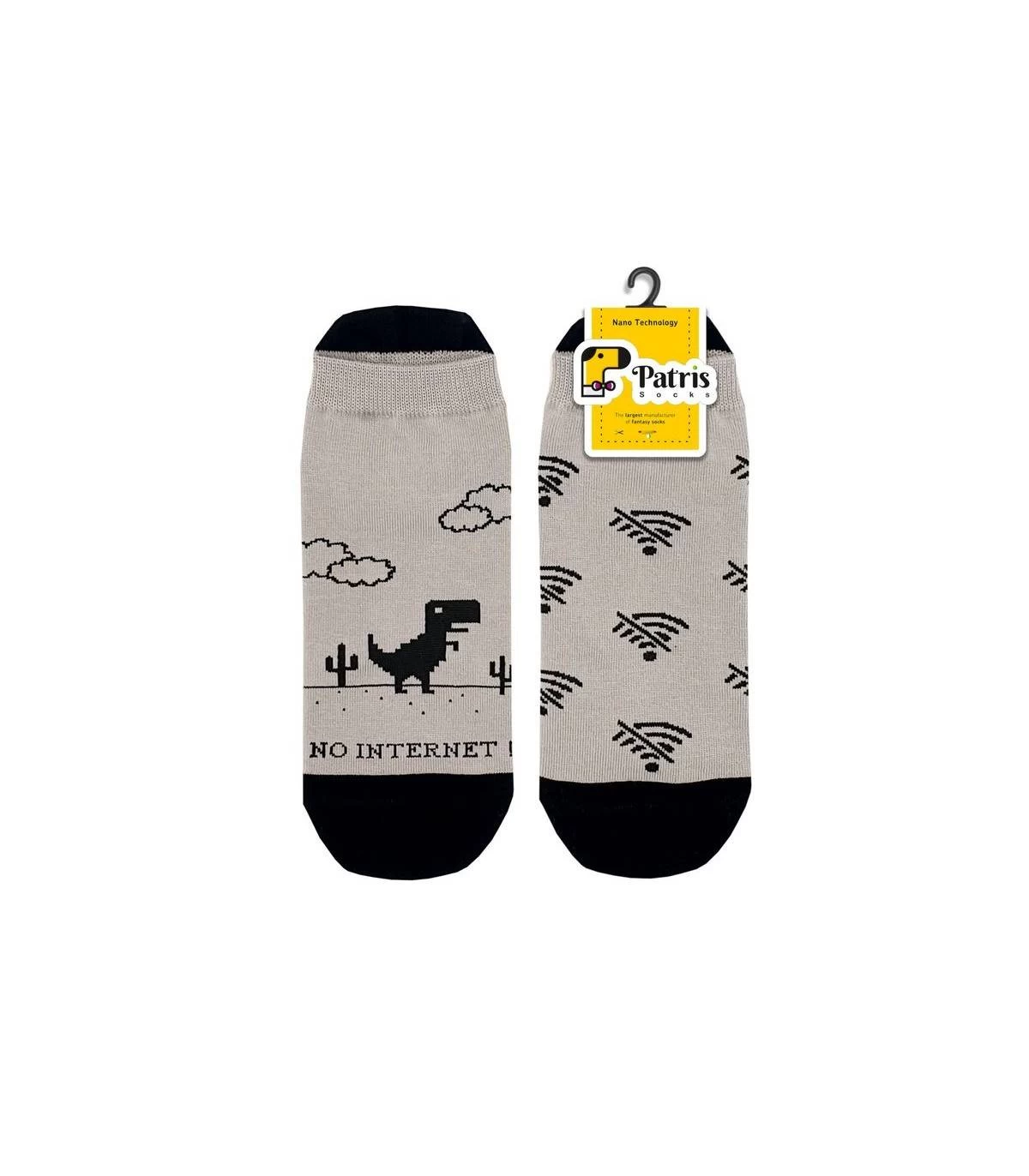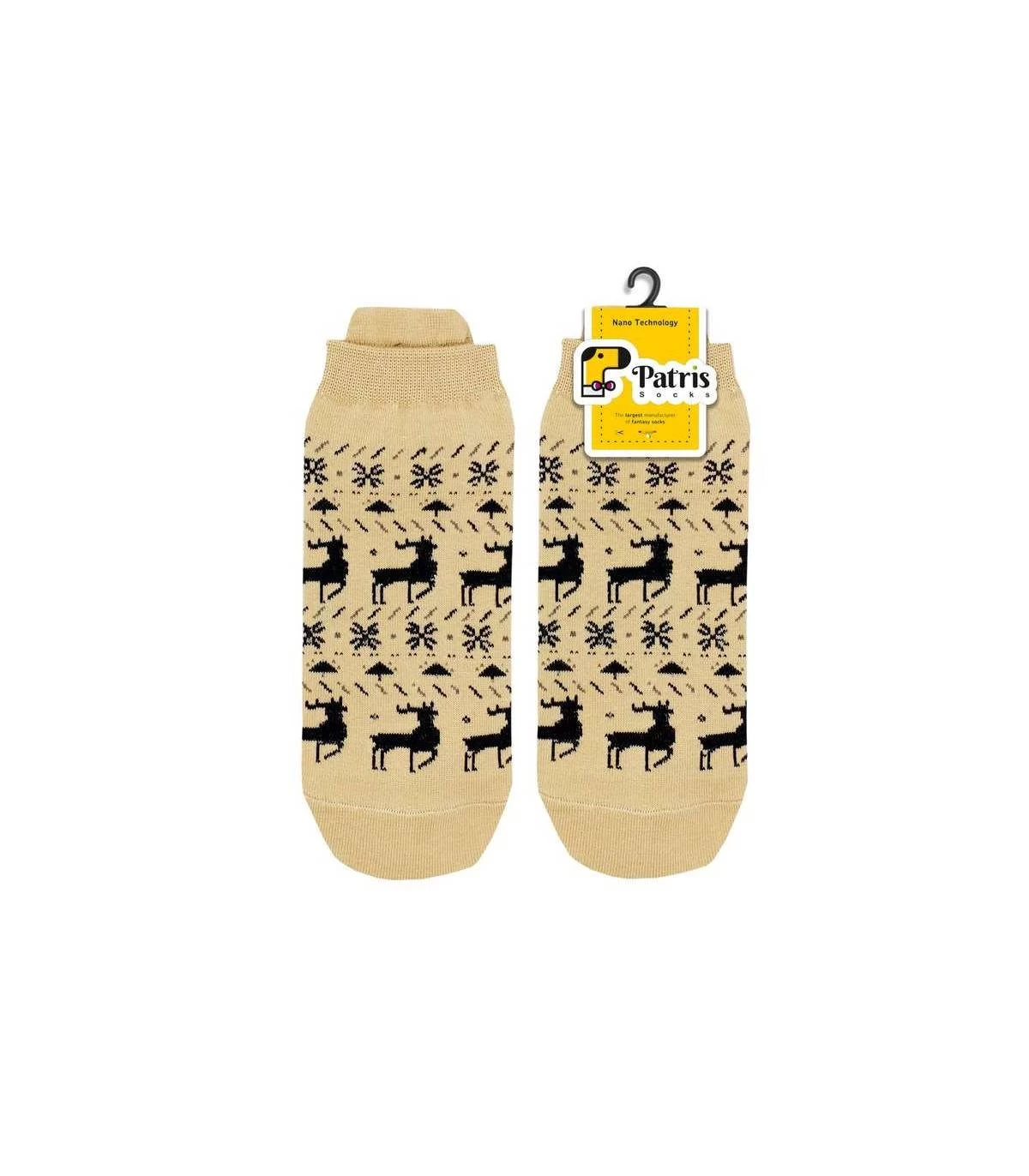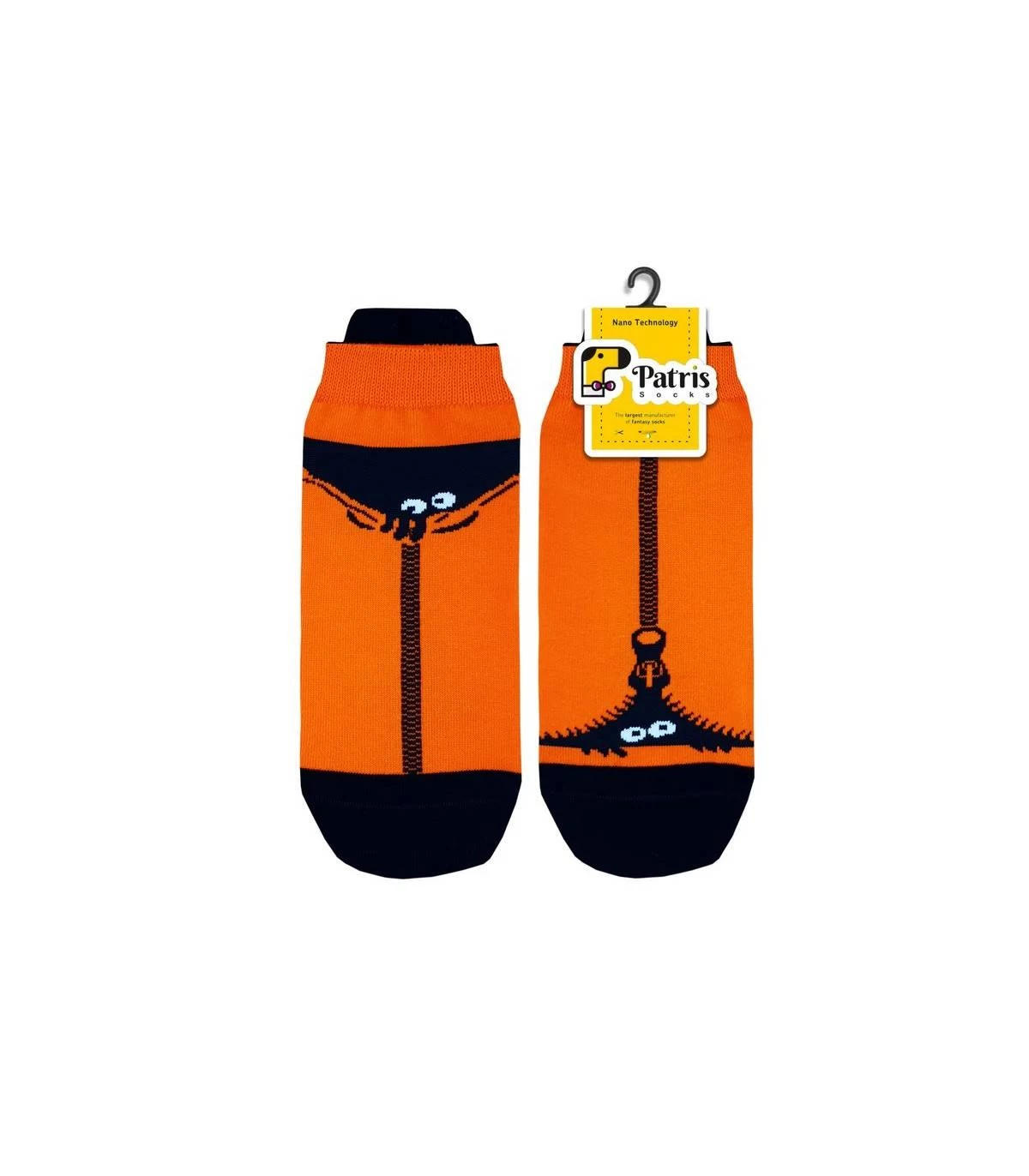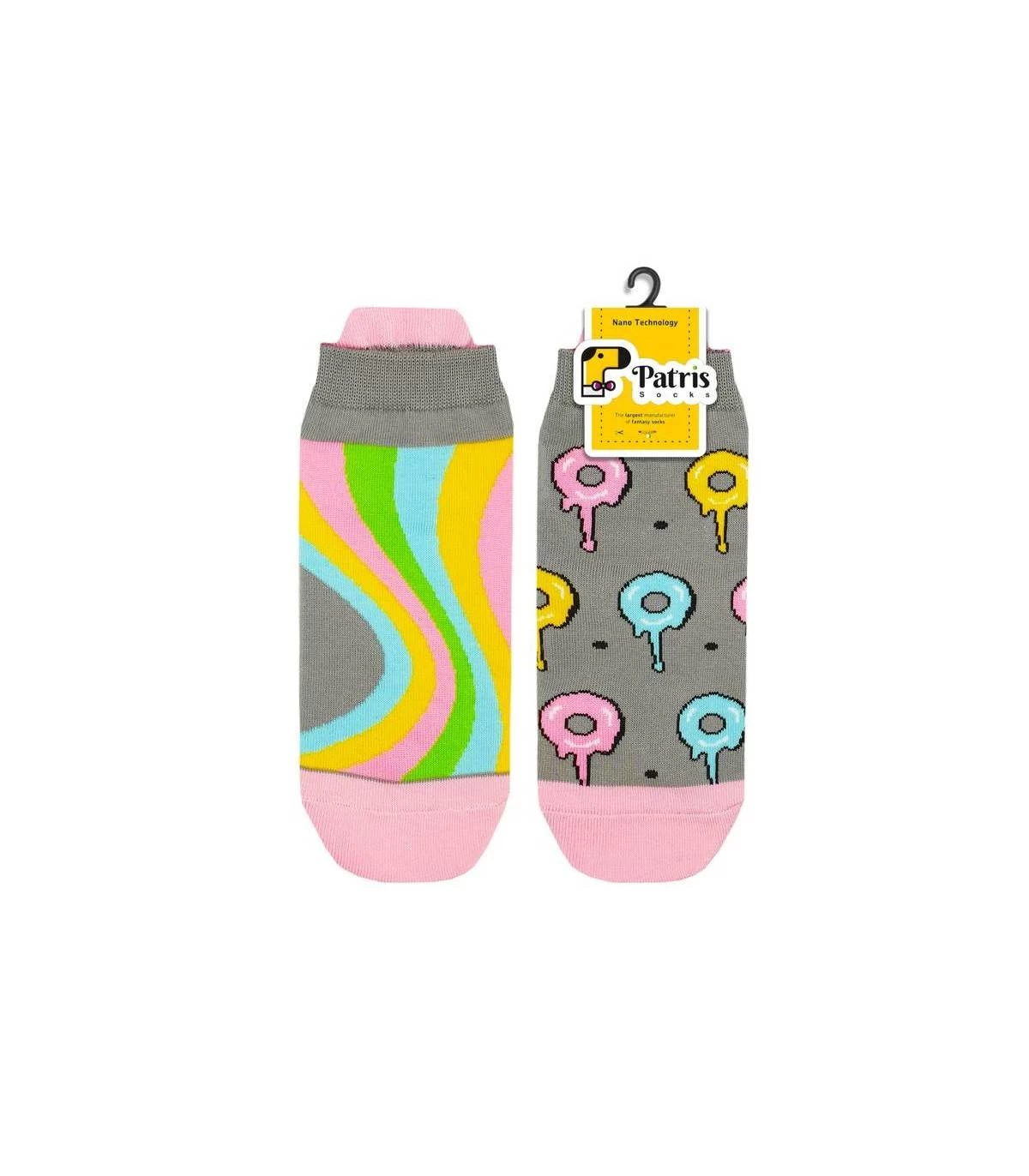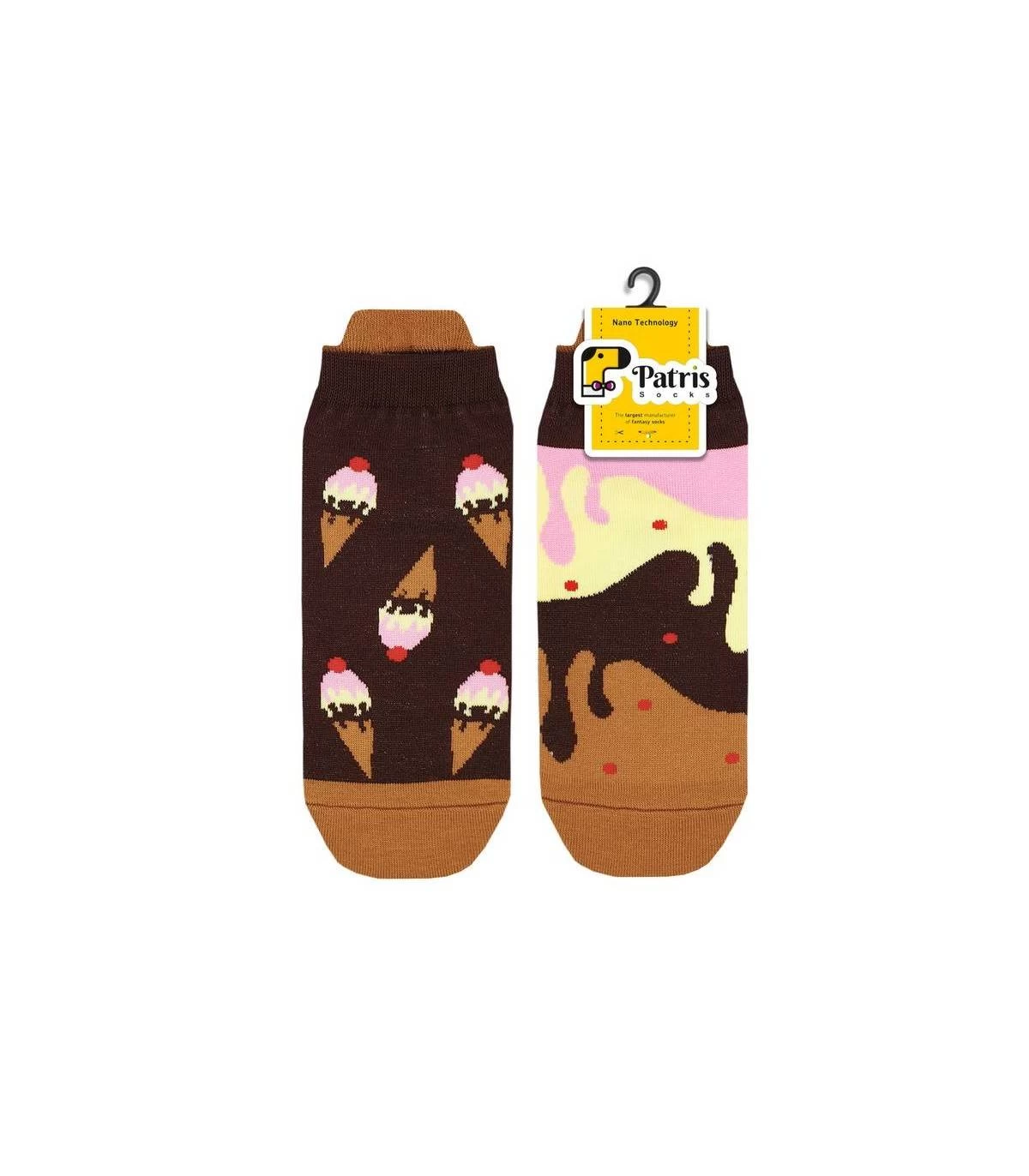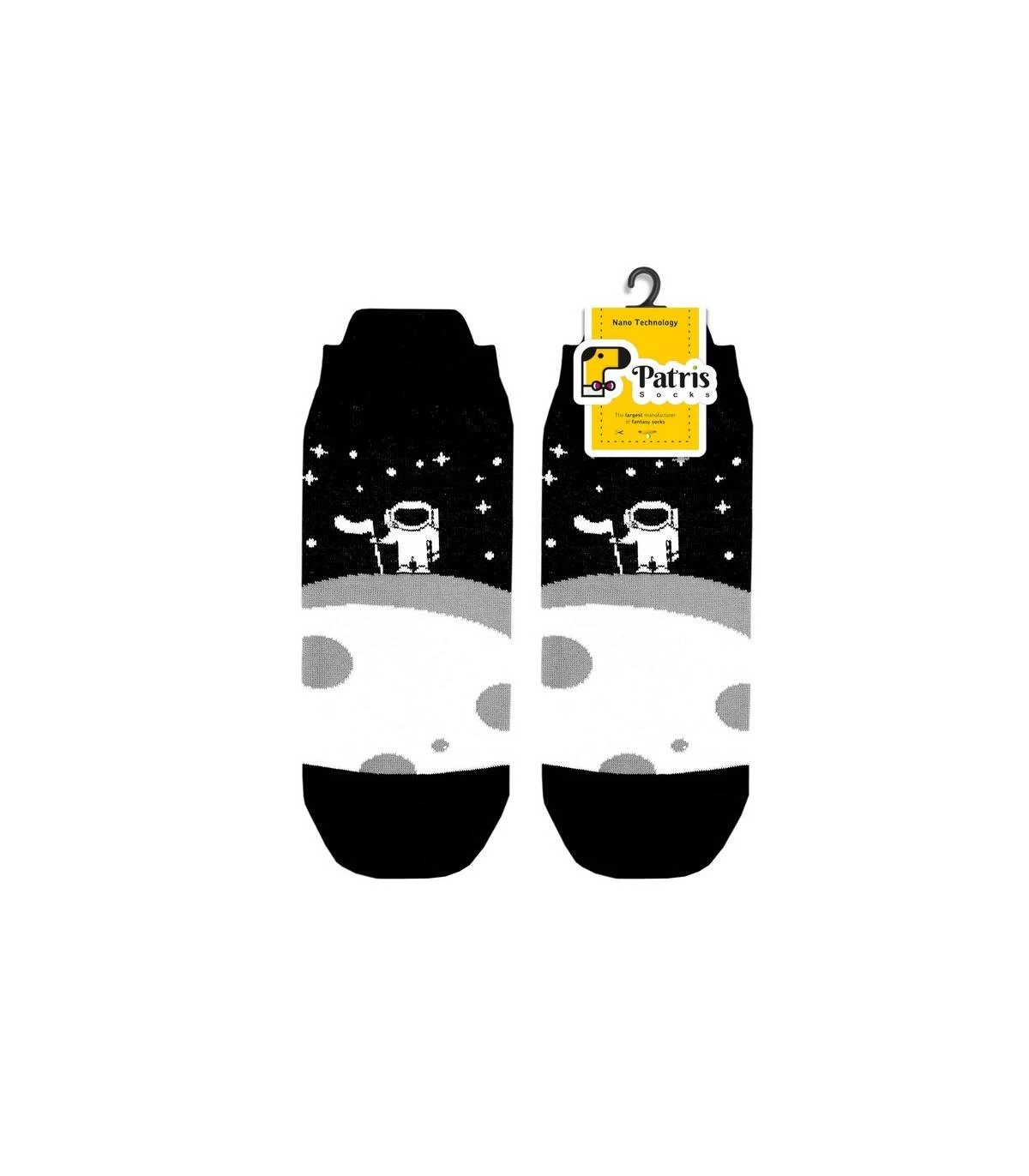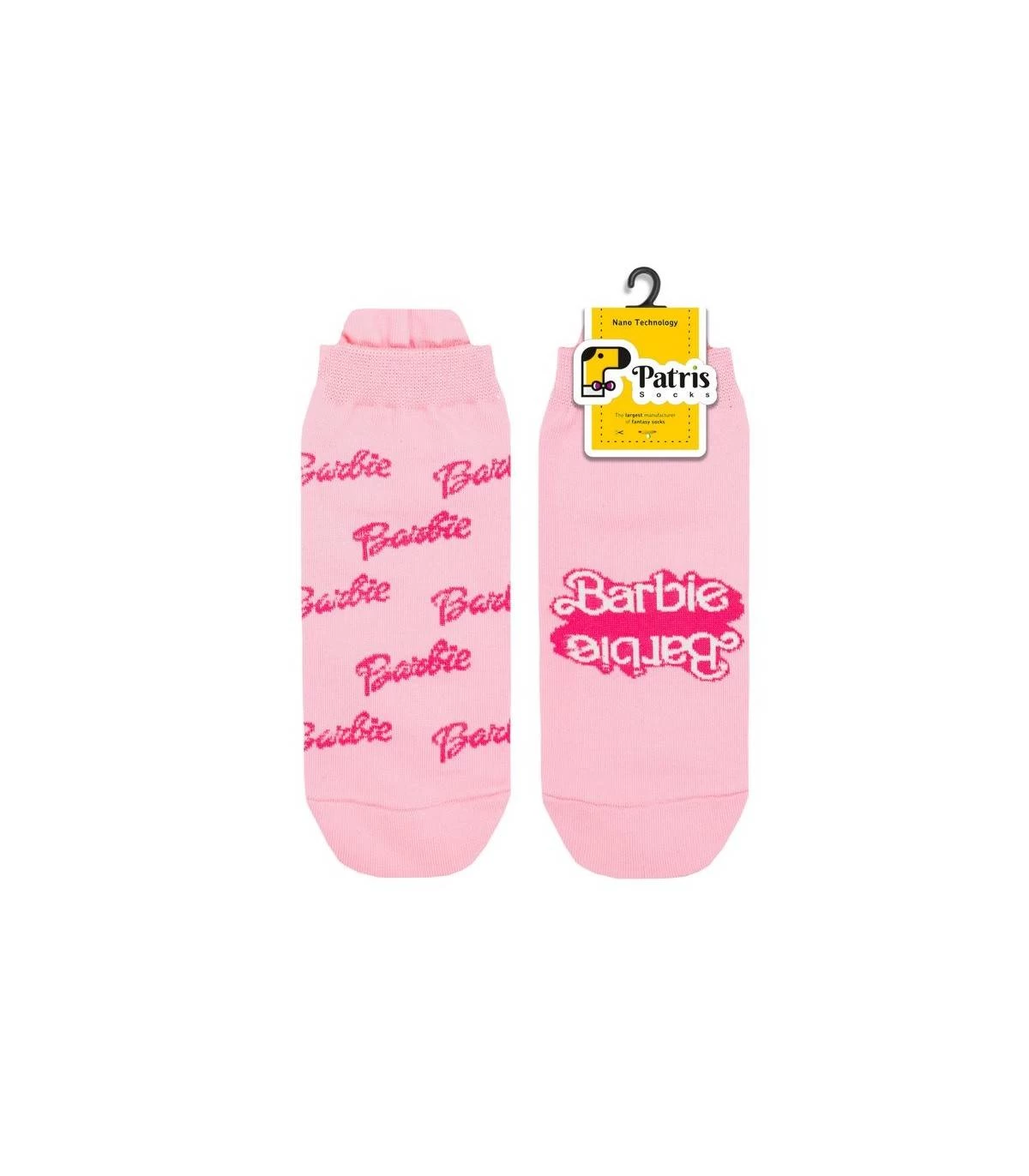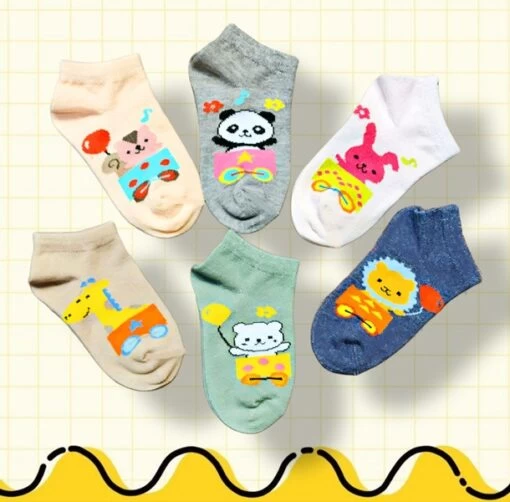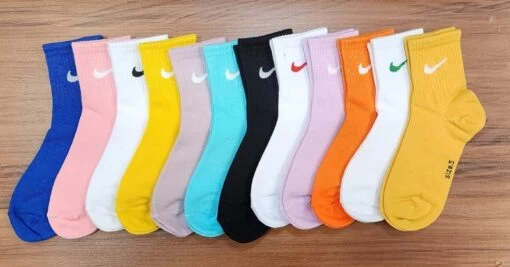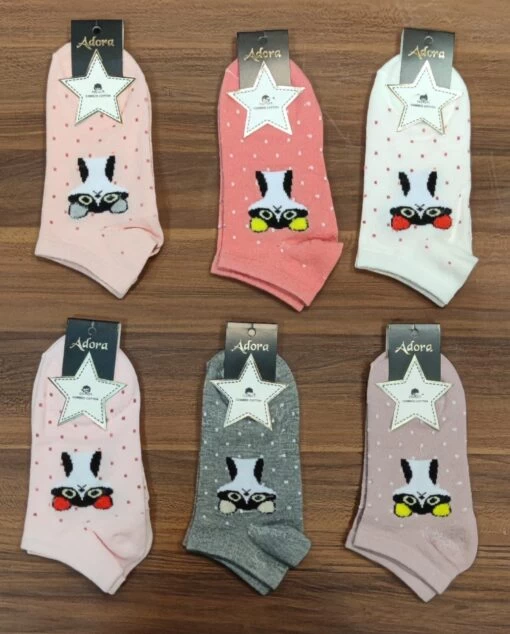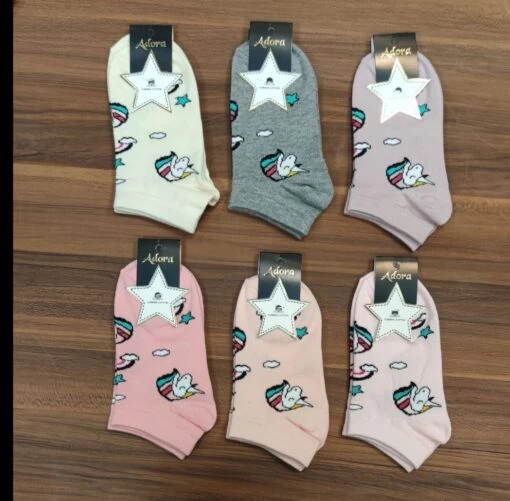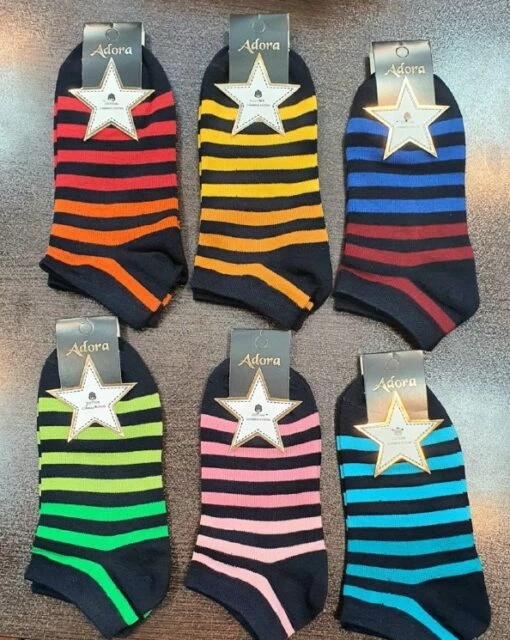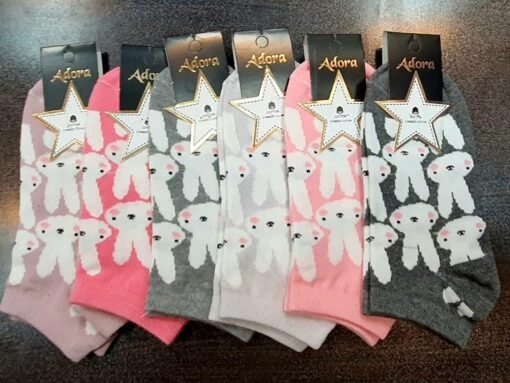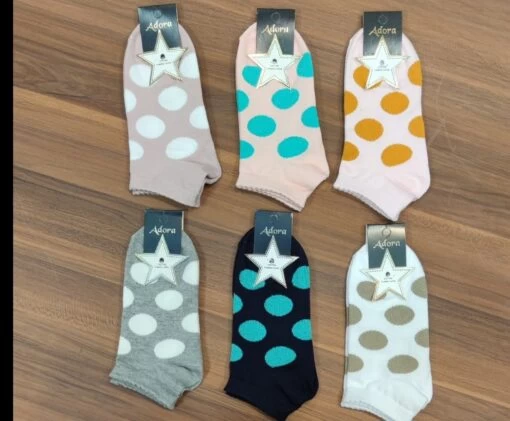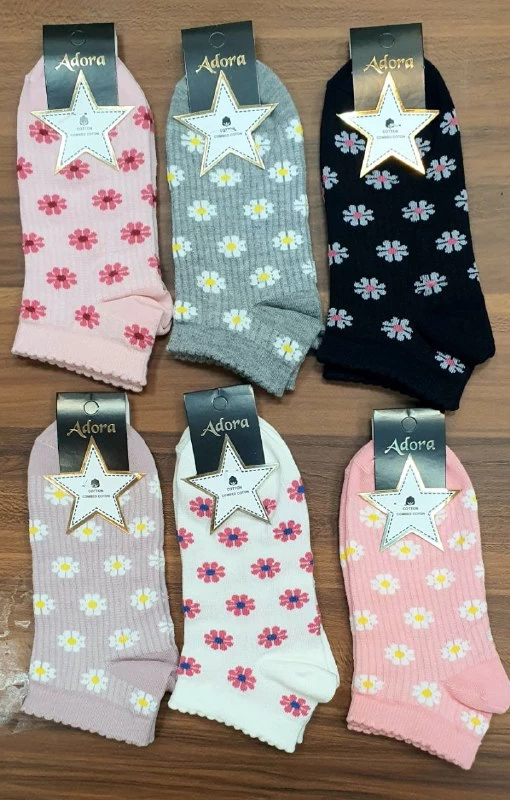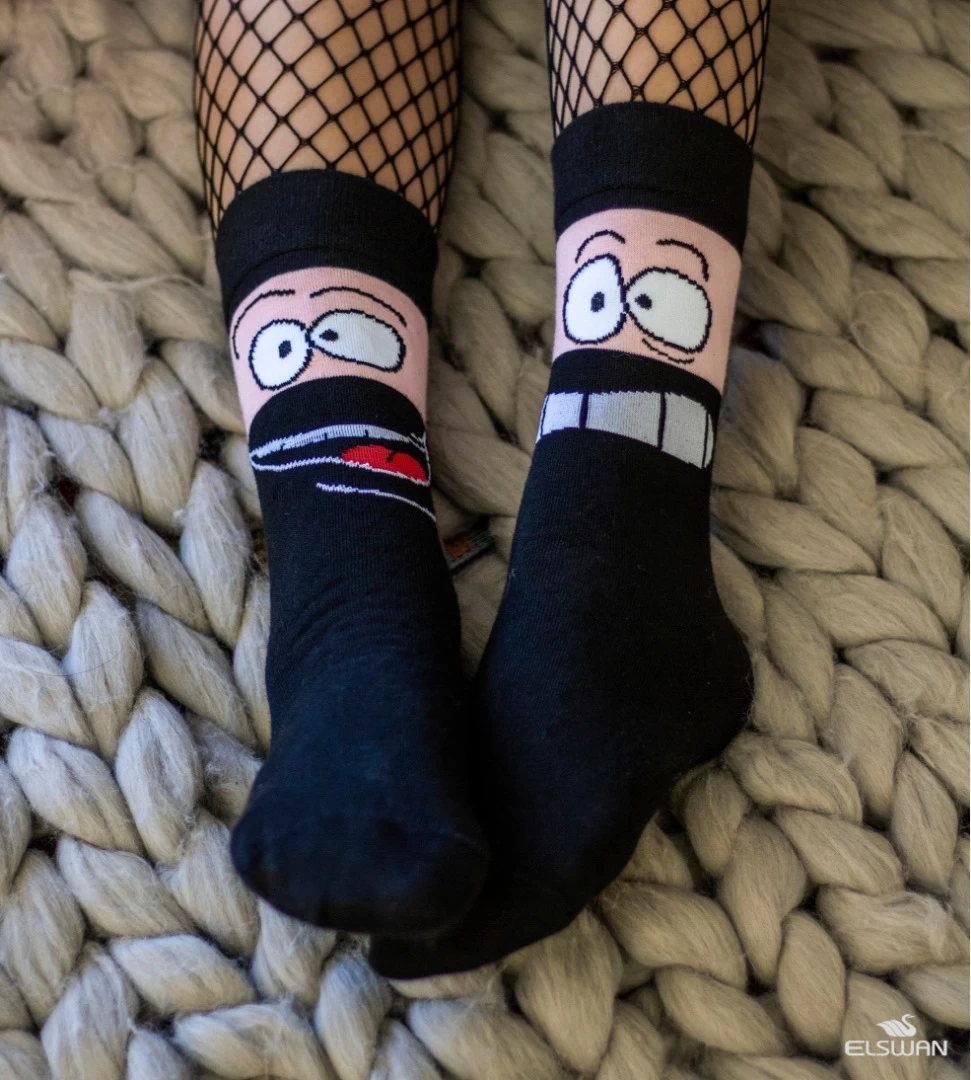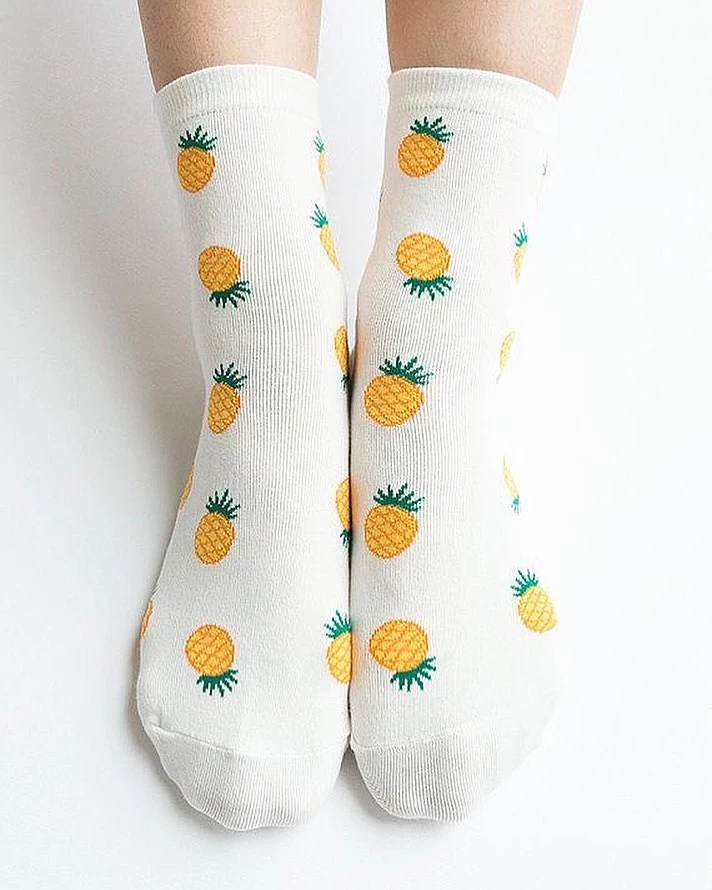Socks & Hosiery
Socks are a fundamental and often overlooked item of clothing that serve both practical and functional purposes. These garments are typically worn on the feet, covering the ankles and extending up to the lower calf or higher. While their primary role is to provide warmth and protection for the feet, socks have also become a fashion statement, with a wide variety of styles, colors, and patterns available.
One of the key functions of socks is to provide insulation and keep the feet comfortable. They act as a barrier between the skin and the shoes, helping to regulate temperature and absorb sweat. Socks made from breathable materials, such as cotton or wool, can wick away moisture and prevent the feet from becoming excessively damp, reducing the risk of blisters and fungal infections.
Another important purpose of socks is to provide cushioning and support. They can help absorb shock and reduce friction between the feet and the shoes, enhancing comfort during various activities like walking, running, or participating in sports. Socks with additional padding or arch support can offer extra comfort and reduce the strain on the feet.
Socks have also become a fashion accessory, allowing individuals to express their personal style and add a touch of creativity to their outfits. From solid colors to vibrant patterns, stripes, polka dots, or even novelty designs, there is a sock style for every preference. People often choose socks that match or complement their clothing, while others prefer to make a bold fashion statement with mismatched or colorful socks.
Socks have even found their way into cultural traditions and celebrations. During the holiday season, festive-themed socks featuring snowflakes, reindeer, or Santa Claus become popular. Some people exchange socks as gifts, and there is even a tradition of hanging stockings by the fireplace for Santa Claus to fill.
In recent years, the sock industry has seen a surge in popularity, with specialty sock brands emerging and offering unique designs and collaborations. Socks have become collectibles, and enthusiasts enjoy showcasing their extensive sock collections.

In conclusion, socks may seem like a simple garment, but they play a significant role in keeping our feet comfortable, protected, and stylish. Whether you choose them for their practical benefits or as a fashion statement, socks are an essential part of our daily wardrobe. So next time you slip on a pair of socks, take a moment to appreciate the comfort and versatility they provide.
Socks can be made from a variety of fabrics, each with its own characteristics and benefits. Here are some commonly used materials for sock production:
1. Cotton: Cotton socks are popular due to their softness, breathability, and comfort. They are lightweight and allow air circulation, which helps to keep feet cool and dry. However, pure cotton socks may not be as durable or moisture-wicking as other materials.
2. Wool: Wool socks, often made from merino wool or other natural fibers, are known for their excellent insulation and moisture-wicking properties. Wool can regulate temperature, keeping feet warm in cold weather and cool in warm weather. It also has natural odor-resistant qualities.
3. Synthetic Fibers: Various synthetic fibers are used in sock manufacturing, including polyester, nylon, acrylic, and spandex. These materials offer durability, moisture-wicking capabilities, and stretchiness. Synthetic socks are often used in athletic and performance-oriented socks, as they can provide enhanced support, moisture management, and quick drying.
4. Bamboo: Bamboo fiber socks have gained popularity in recent years due to their eco-friendly nature and softness. Bamboo is a sustainable and renewable resource that offers moisture-wicking properties, odor resistance, and breathability.
5. Blends: Socks can also be made from blends of different materials to combine their properties. For example, a common blend is cotton-polyester, which combines the comfort of cotton with the durability and moisture-wicking capabilities of polyester.
It's worth noting that different sock styles and intended uses may influence the choice of fabric. Athletic socks, for instance, often prioritize moisture management and cushioning, so they may incorporate synthetic fibers or wool blends. Dress socks may lean towards more breathable and lightweight materials like cotton or silk.
When selecting socks, consider the intended purpose, climate, personal preferences, and any specific requirements you may have, such as moisture control or warmth. It's also essential to follow the care instructions provided by the manufacturer to maintain the quality and longevity of the socks.

Using synthetic fibers in athletic socks offers several benefits that cater specifically to the demands of physical activities. Here are some advantages of using synthetic fibers in athletic socks:
1. Moisture Management: Synthetic fibers like polyester and nylon have excellent moisture-wicking properties. They can efficiently draw sweat away from the skin, allowing it to evaporate quickly and keeping the feet dry and comfortable. This helps to prevent blisters, discomfort, and the growth of odor-causing bacteria.
2. Durability: Synthetic fibers are often more durable than natural fibers. They can withstand frequent washing, stretching, and abrasion without losing their shape or breaking down. This durability is especially important for athletic socks that undergo rigorous use during sports or workouts.
3. Quick Drying: Synthetic fibers have a faster drying time compared to natural fibers like cotton or wool. This is beneficial for athletes who engage in intense physical activities or outdoor sports where getting wet is inevitable. The quick-drying nature of synthetic fibers helps to maintain foot comfort and prevent prolonged moisture exposure.
4. Breathability: Many synthetic fibers used in athletic socks are designed to be breathable. They allow air circulation around the feet, which helps with temperature regulation and prevents excessive heat buildup. Breathable socks can reduce the risk of discomfort, overheating, and fungal infections.
5. Lightweight and Flexibility: Synthetic fibers are often lightweight and offer flexibility, allowing for a more comfortable and unrestricted fit. This is particularly advantageous for activities that require agility and movement, as it enhances overall performance and reduces bulkiness.
6. Support and Cushioning: Synthetic fibers can be engineered to provide targeted support and cushioning in specific areas of the sock. This design feature helps absorb impact, reduce pressure points, and provide additional comfort and protection during high-impact activities or sports.
7. Shape Retention: Synthetic fibers tend to retain their shape well, even after repeated use and washing. This ensures that the socks maintain a snug fit and do not sag or bunch up during physical activities, providing better stability and reducing the risk of blisters or discomfort.
It's important to note that while synthetic fibers offer many benefits for athletic socks, some individuals may have personal preferences or sensitivities to certain materials. It's always advisable to try different sock materials and styles to find what works best for your specific needs and comfort.


Using synthetic fibers in athletic socks offers several benefits that cater specifically to the demands of physical activities. Here are some advantages of using synthetic fibers in athletic socks:
FAQs
What are some key factors to consider when choosing the right socks for different activities or occasions?
Some key factors to consider when choosing the right socks for different activities or occasions include: - Activity level and intensity - Climate and weather conditions - Desired level of cushioning and support - Moisture-wicking properties - Length and fit preferences.
How do different sock materials and designs contribute to comfort and moisture management?
Different sock materials and designs contribute to comfort and moisture management through properties such as breathability, moisture-wicking capabilities, cushioning, and flexibility.
Can you provide tips on properly caring for and maintaining the quality of socks?
To properly care for and maintain the quality of socks, it is recommended to: - Follow the manufacturer's washing instructions. - Separate socks by color and wash them with similar fabrics. - Avoid using bleach or harsh chemicals. - Air dry or use a low heat setting when machine drying. - Store socks in a clean and dry environment.
How can incorporating fun and stylish sock choices enhance one's personal style and fashion expression?
Incorporating fun and stylish sock choices can enhance one's personal style and fashion expression by adding a unique and eye-catching element to an outfit, showcasing personality, and allowing for creative self-expression.
 +7929688-88-14
+7929688-88-14

 English
English
 Persian
Persian
 Russian
Russian
 Chinese
Chinese


 +7929688-88-14
+7929688-88-14

